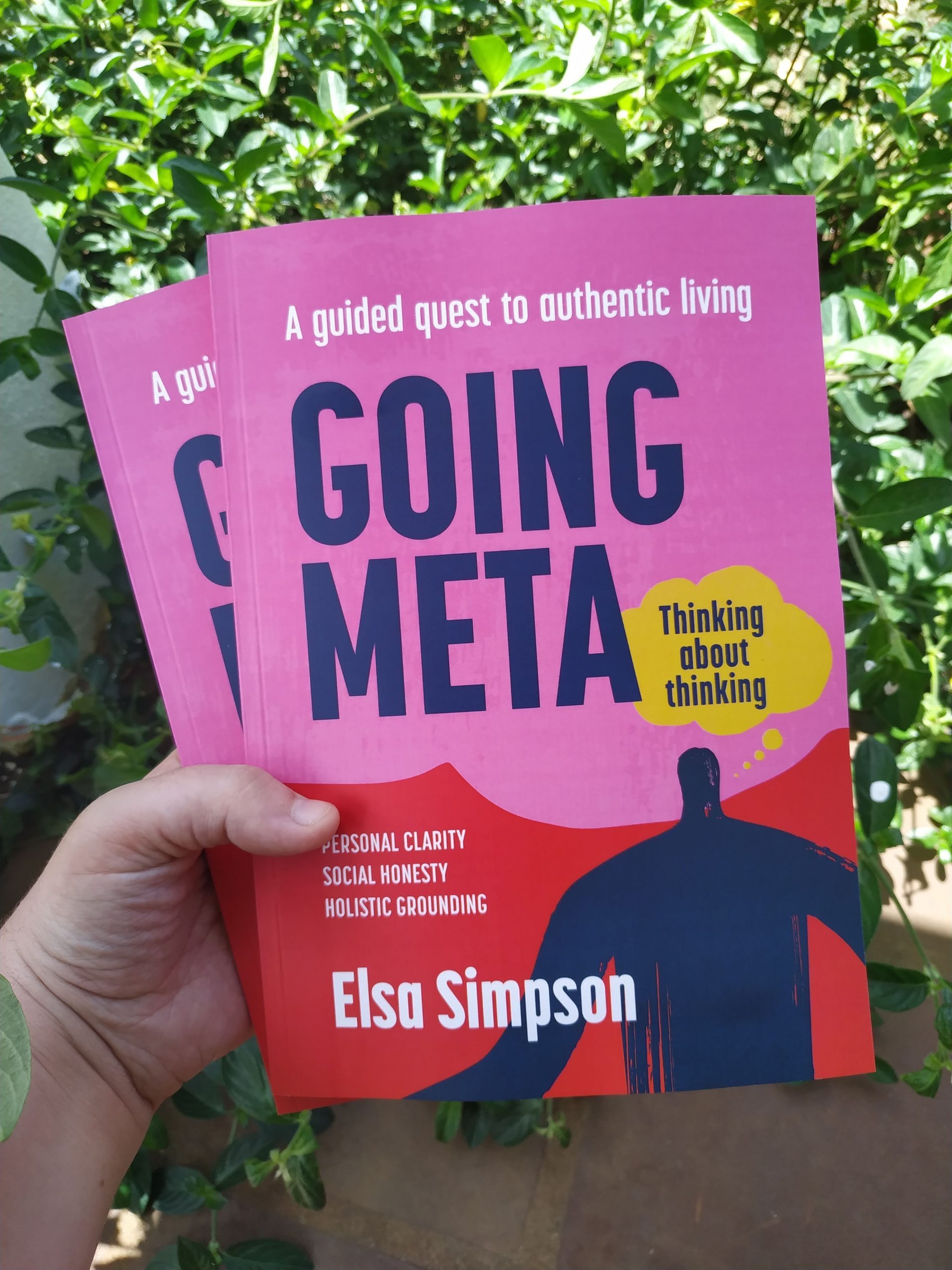How to grow through personal change
Deep change is when something happens and you can never go back. Humpty Dumpty fell and all the king’s horses and all the king’s men … couldn’t put him together again! Kahlil Gibran, however, puts hope back in change by saying: “Your pain is the breaking of the shell that encloses your understanding.”
Why use the change map or grid?
The change map provides a grid with the typical reactions in larger organisations, teams and individuals. It can be used to identify the particular phase of the change process that you and your team are in at this moment.
Use the change map and change grid to assess yourself and your team’s readiness for change. Plot the phase in the change process where you (and your team) currently are.
Once you know the current state, you will know which tools or skills to use next to empower yourself and your team to move through the rest of the change process.
When organisations and people go through changes, there are some typical reactions in the different phases of the change process. To cope with and handle the people around you, it is necessary to have an overview of the change map. What is an organisational change process?
A change process is when the employees of an organisation become aware of a major shift that they need to undergo. It can be a natural internal awareness or external pressures that force the organisation to move into this process.
Different emotions
During the first separation phase there are different emotions like resistance, denial, guilt and anger. This is often followed by confusion and chaos. Because of the chaos, people in this wilderness phase are forced to rely more on personal relationships than on the often confusing new structure and roles.
In this state people will start to try out new processes. Creativity is also born in this pain and confusion and can be utilised moving forward.
Once the employees have accepted the change and have had an opportunity to contribute to the new vision, a fresh commitment starts to form. In this constructive “how to…” phase, there is creative energy. People’s true potential unfolds instead of them just hanging on to old, outdated roles. More effective teamwork, processes and structures fall into place. Individuals benefit from compelled introspection and stronger relationships. They experience new insight and excitement.
Eventually a renewed structure is formed with processes that truly fit the current needs. People are excited and experience personal growth and maintain this change in attitude in their teams.
What are the phases of change?
Plotting yourself on the change map will help to bring about insight and hope. The phases of the change map can help you to understand what change is all about:
Pre-awareness: Secure in your comfort zone
Awareness: Starting to feel the burn
Breaking away: Point of no return
Wilderness: Rock bottom
Explore: Rising up again
Rebuild: Renewed life
Pre-awareness: Secure in your comfort zone
This is the phase where you feel secure in your comfort zone and are hopeful about the future. Before big transitions most people are in a comfort zone. They feel in control and ‘know’ what will happen next.
Awareness: Starting to feel the burn
You feel the fire burning. You feel trapped and pressured, yet it still feels impossible to change. So you try to ignore the flames and see how long you can stick it out. Russian author Ivan Turgenev wrote: “If we wait for the moment when everything, absolutely everything, is ready, we shall never begin.” You start hearing the rumours of something big and disruptive coming your way.
Breaking away: Point of no return
Whether you like it or not, things have changed and there is no going back. Resistance and denial are kicking in. You still don’t want to change, but have no choice. Anger, aggression and guilt come to visit you. But you feel trapped in a corner, threatened by the new. You start to bargain with people or organisations, with yourself and even with a higher power: “If I do not get retrenched, I will do more charity work or do my work with more zest.” At the end you wonder what you have done wrong to end up like this.
Wilderness: Rock bottom
Then you strike rock bottom and end up confused and depressed in the wilderness, blaming yourself. It feels as if you were left out of the loop, nobody told you. In this pain of not having enough money to get through the month or not knowing where next month’s money will come from, you start doing introspection. Who am I really, what do I want from life? How would I like people to remember me?
Explore: Rising up again
While dwelling in the wilderness, you start to understand that this is not going to resolve itself on its own or without intervention from your side. You accept that you need to make it happen. You start turning to people you trust and have honest conversations, brainstorming options. Your relationships deepen. The creative juices start to flow and give birth to new ideas and options. You get new insights into the big picture, both spiritual and on a personal level. Then you see life from a different angle and a ray of sunshine is coming through the cloudy skies. You experiment with new identities, new ways of doing, and you learn new skills. New energy starts coming through (with moments of despair in between). So you start talking to people (networking) that can help you get a job again. You sign up for a course to acquire new skills. You change the name of your business and find new ways to market your product. As a family you explore creative and fun ways to cut costs. Nelson Mandela said: “The greatest glory in living lies not in never falling, but in rising every time we fall.”
Rebuild: Renewed life
After all the trial and error, you find what works for you. The new you is gaining new insights and grows on a personal level. Unfortunately, no one changes voluntarily. Looking back, you even have moments of appreciation for the “wilderness” that helped you into this new life, knowing that this too will change again!
You start enjoying the new way of doing things. And, you understand life from new and different angles. You enjoy new challenges and growth. Thinking back, you count your blessings, pain and all.
What is the best way to handle each phase of the change process?
Handle each phase of the change process in the following manner:
Pre-awareness: Check the facts and communicate
Awareness: Ground yourself and host spaces to share
Breaking away: Look inside and expect confusion
Wilderness: Focus on relationships and foster a new identity
Explore: Encourage innovation and unlock energy
Rebuild: Formulate a vision and cultivate an agile mindset
Pre-awareness: Check the facts and communicate
- Communicate continuously: Create awareness of the need to change. Share in different ways (written and verbal) and on different levels in the organization. Don’t give ambiguous messages.
- Confront with facts: Use objective, scientific assessments to highlight the ineffectiveness of procedures and processes. Make the problems visible and display the data.
Awareness: Ground yourself and host spaces to share
- Create spaces to share: Help people name the pain by identifying internal and external pressures that bring about change. Expect people to feel uncomfortable and verbalise negative feelings.
- Ground yourself: Take responsibility for yourself and your own feelings. Find a safe place to verbalise your own negative feelings.
Breaking away: Look inside and expect confusion
- Expect confusion and chaos: Place the resistance and negative feelings in the context of the whole change process and do not allow yourself to take it personally.
- Compelled introspection: Allow people to verbalise their resistance and negative feelings such as anger, aggression and guilt. Allow them also to bargain.
Wilderness: Focus on relationships and foster a new identity
- Supportive relationships: Focus on building meaningful connections rather than enforcing rigid structures. Break down outdated bureaucratic barriers and roles. Refer employees to counseling when they become depressed.
- Deeper insight: Assist people to identify their losses and to develop insight into what they stand to gain in the process.
- New identity: Encourage people to harness their true potential and to be creative regardless of their previous status and role.
Explore: Encourage innovation and unlock energy
- Encourage new ideas and interventions: Learn new processes and tools and use them. Practice problem solving techniques.
- Unlock creative energy: Create and utilise excitement and energy. Continue supporting new ideas and innovation.
Rebuild: Formulate a vision and cultivate an agile mindset
- Formulate a clear new vision: Give direction.
- Align with the new vision: Reward processes and procedures that fit the current needs.
- Cultivate an agile mindset: Maintain an attitude that fosters change.





